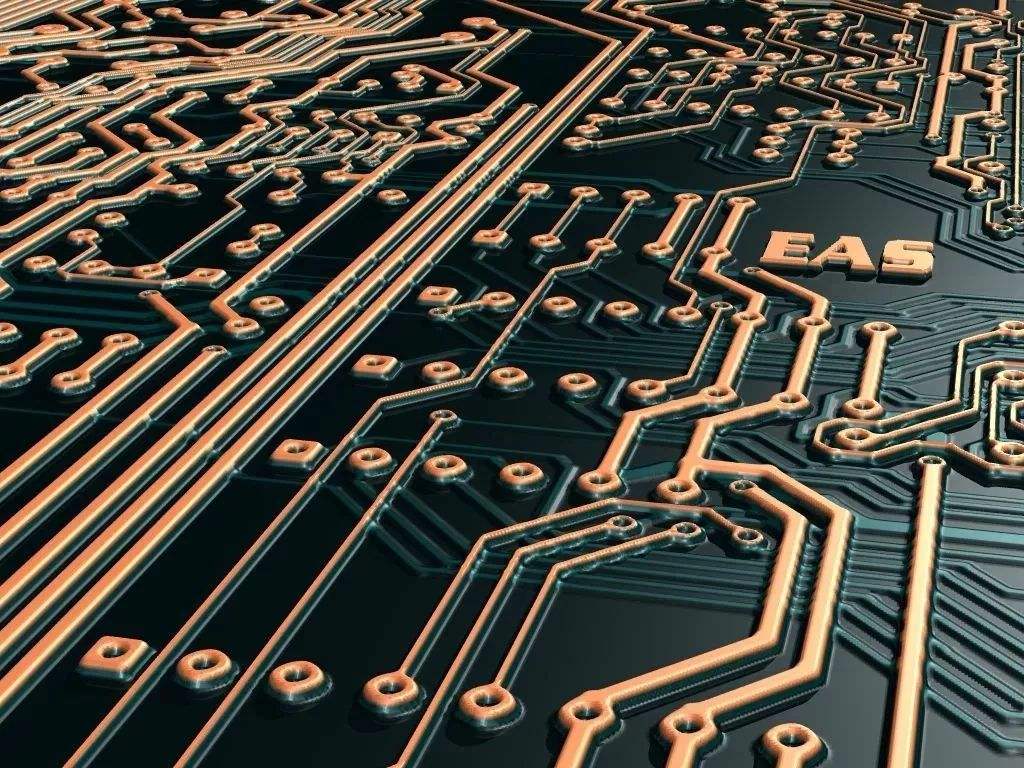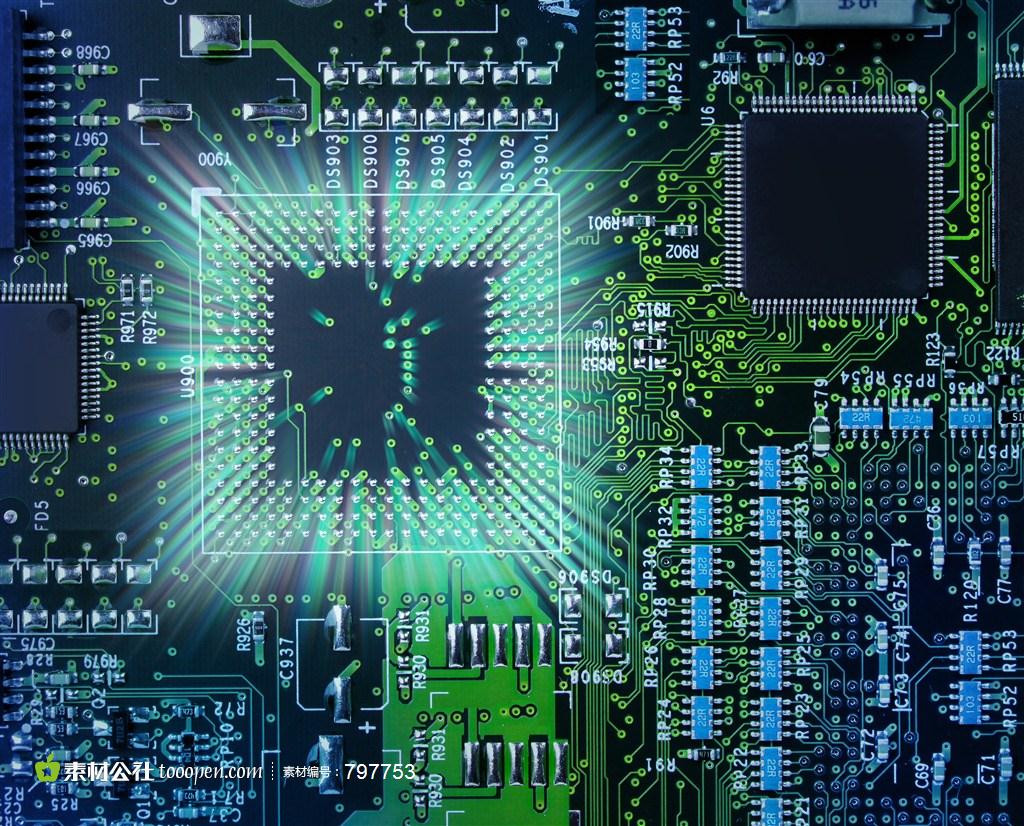
Special Countermeasures for High Frequency Circuit in PCB Design
The reason is that with the rapid development of modern electronIC industry, PCB has put forward higher requirements for design. Digital and high-frequency circuits are developing towards high-speed, low consumption, SMAll size and strong anti-interference capability Protel 99SE design system makes full use of the advantages of Windows XP and Windows 2000 platforms, and provides customers with a strong design environment PCB board module, so that the design work can more effectively achieve its design requirements It is applicable to designers engaged in high frequency circuits. It is no longer a SIMple routing rate requirement for PCB boards, but requires designers to have solid theoretical knowLEDge and rich design experience. PCB boards are designed based on circuit operating characteristics And consider its design from the actual working environment, only in this way can we create an ideal PCB This paper focuses on the layout and wiring PCB design of high frequency circuit in the design process. Taking Protel 99SE software as an example, this paper discusses the countermeasures and design skills in the design process of high frequency Circuit PCB design
PCB board

1. High frequency PCB layout
Layout operation is very important in the entire PCB design Layout is the basis of routing operations To achieve perfect component layout, designers need to consider component layout from the perspective of circuit operating characteristics and wiring Protel 99SE has automatic layout function, clustering and statistical layout functions, but it can not fully meet the working requirements of high-frequency circuits The designer also needs to consider manufacturability, mechanical structure, heat dissipation, EMI of PCB (Electronic interface), reliability, and other aspects of signal integrity and layout Only in this way can life be better and more stable. EMC (electronic compatibility) of the PCB can be effectively improved, and the layout can become more perfect Designers should first consider the layout of those components that are closely matched with the structure and fixed in position (such as power sockets, indicators, connectors, switches, etc.), and then arrange special components on the circuit (such as heating elements, Transformers, French fries, etc.), and arrange some small devices At the same time, considering the wiring requirements, the placement of high-frequency components should be as compact as possible, and the wiring of signal lines should be as short as possible to minimize the cross interference of signal lines
1. Mechanical structure
Power sockets, indicators, connectors and switches belong to these components, which are all positioning pieces related to mechanical dimensions Generally, the interface PCB between the power supply and the power supply is placed on the PCB, and the distance from the edge of the PCB is generally not less than 2mm; The LED of indicator lamp shall be placed accurately as required; Switch and some trimming components, such as adjustable inductor, adjustable resistor, etc The PCB should be placed near the edge to facilitate adjustment and connection; Parts that need to be replaced frequently must be placed where there are fewer parts to facilitate replacement Components with a mass of more than 15g shall be fixed with brackets. Large and heavy components shall not be directly placed on PCB
2. Heat dissipation
High power tubes, transformers, rectifier tubes and other heating equipment will generate a lot of heat when working at high frequencies Ventilation and heat dissipation shall be fully considered in the layout Such components shall be placed on the edge PCB of the equipment or in a ventilated place The heating element shall be placed on the upper part of the plate and not on the bottom layer of the double-sided plate High power rectifier tube and regulating tube shall be equipped with radiator and kept away from transformer Parts that are afraid of heat, such as electrolytic capacitors, should also be far away from the heating equipment, otherwise the electrolyte will dry, resulting in increased resistance and poor efficiency, which will affect the stability of the circuit
3. Layout of special components
Due to the 50Hz leakage magnetic field generated inside the power supply equipment Therefore, they must be isolated or masked According to the schematic diagram, all levels of the amplifier can be arranged in a straight line The advantage of this arrangement is that the ground current of each level is closed and flowing at this level, which will not affect the operation of other circuits The input stage and output stage shall be as far away as possible to reduce parasitic coupling interference between them Considering the signal transmission relationship between functional circuits of each unit, low-frequency circuits and high-frequency circuits should also be separated, and analog circuits and digital circuits should be separated The integrated circuit should be placed on the central PCB of the circuit to facilitate the wiring connection between each pin and other devices Inductors, transformers and other equipment have magnetic coupling and should be placed vertically to reduce magnetic coupling In addition, they all have strong magnetic fields, and appropriate large spaces or magnetic masks are set around them to reduce the impact on other circuits
4. Electromagnetic interference
Our commonly used methods to eliminate electromagnetic interference include reducing loops, filter, mask, and reduce the speed of high-frequency equipment as much as possible, as well as improve the dielectric constant of data PCB For example, decoupling capacitors of integrated circuits should be as close as possible Generally, 0.1uF capacitor is used for operating frequencies below 10MHz, and 0.01uF capacitor is used for operating frequencies above 10MHz There is a high potential difference between some components or wires, and a new distance should be added to avoid discharging High voltage components shall be arranged at places not easily accessible during commissioning Components that are easy to interfere with each other should not be too close, and input and output components should be as far away as possible to avoid reverberation interference In order to reduce the distribution parameters of high-frequency components, generally placed near (regularly arranged) general circuits (low frequency circuits) should be arranged according to the rules, facilitating installation and welding
2. high frequency PCB wiring
High-frequency circuits tend to have high integration and high wiring density. The use of multilayer circuit boards is not only necessary for wiring, but also an effective means to reduce interference This PCB PROTEL 99SE system can provide 32 layers of signals, 16 mechanical layers and solder mask layers, Solder paste layer and more than 70 working layers are available for user selection The reasonable selection of the number of layers can greatly reduce the size of the PCB board structure, make full use of the middle layer to set the mask, better realize the nearby grounding, effectively reduce the parasitic inductance, effectively shorten the signal transmission length, and greatly reduce the interference between signals Cross interference, etc All these are conducive to improving the reliability of high-frequency circuits Some data show that when using the same data, the noise of the four layer board is 20 dB lower than that of the double-sided board, but the higher the number of layers, the more complex the manufacturing process, and the higher the cost
1. General principles of wiring
The wires between the pins of high frequency circuit devices should be as short as possible Wires should be straight and avoid sharp turns and sharp corners If turning is required, arc or dotted line shall be used for transition This requirement is only used to improve the fixed strength of aluminum foil in low-frequency circuits, but meeting this requirement in high-frequency circuits can reduce the external emission and mutual coupling of high-frequency signals In high frequency circuit wiring, horizontal and vertical wiring are alternately conducted on adjacent layers Parallel wiring in the same layer cannot be avoided. However, a large area of ground wire can be laid on the back of the PCB to reduce interference For commonly used double-sided boards, many layers can use an inserted power board to achieve this
2. Power and ground wiring
In order to prevent the ground resistance interference caused by the local current in the multi-level circuit, the circuits at all levels should be grounded at one point (or as concentrated as possible). When the high frequency circuit is higher than 30 MHz, large or small areas should also be grounded Equipment and wires susceptible to interference may be surrounded by ground wires Various signal tracks cannot form a loop, and the grounding wire cannot form a current loop Power lines and ground wires shall be close to each other to minimize enclosed areas and electromagnetic interference In general, when wiring, the wire width is between 12-80 mils, the power line is generally 20 mil-40 mil, and the grounding line is generally greater than 40 mm If possible, the wires should be as wide as possible When analog ground wire, digital ground wire, etc Connect to the common ground wire and connect with a high-frequency choke In the actual assembly of high-frequency choke, high-frequency ferrite beads with metal wires in the center hole are usually used It is generally not shown on the circuit schematic diagram, and the generated network list does not contain such components. Its existence will be ignored in the wiring process In view of this reality, it can be regarded as an inductor in the schematic diagram Define a separate component package for it in the PCB assembly library. Before wiring, manually move it to an appropriate position close to the common grounding connector
3. Wiring of integrated chips
A high-frequency decoupling capacitor should be set near each integrated circuit block. Because Protel 99SE software does not consider the position relationship between decoupling capacitors and decoupling integrated circuits when automatically placing components, if the distance between them is too far, let the software place them in an appropriate position, and the decoupling effect is not good At this time, the position of the two components must be intervened beforehand by manually moving the components to close them
4. Copper coating
The main purpose of copper coating is to improve the anti interaction ability of the circuit. At the same time, it is very beneficial to the heat dissipation of solar cells PCB board and PCB board Copper coating can also act as a mask However, large area ribbon copper foil cannot be used, because when PCB is used too long, a lot of heat will be generated, and copper foil strips are easy to expand and fall off Copper foil, and connect the grid to the grounding grid of the circuit, so that the grid has a better shielding effect The size of the mesh is determined by the interference frequency to be masked
3. Conclusion
The design process of high frequency circuit PCB board In addition to the design strategies discussed above, it also includes signal integrity, including signal crosstalk, and how to suppress noise Therefore, designers need to have a comprehensive plan when designing, and use different methods and technologies at each stage of the design cycle to ensure the accuracy of design, so as to design reasonable high-frequency PCB boards with excellent performance








